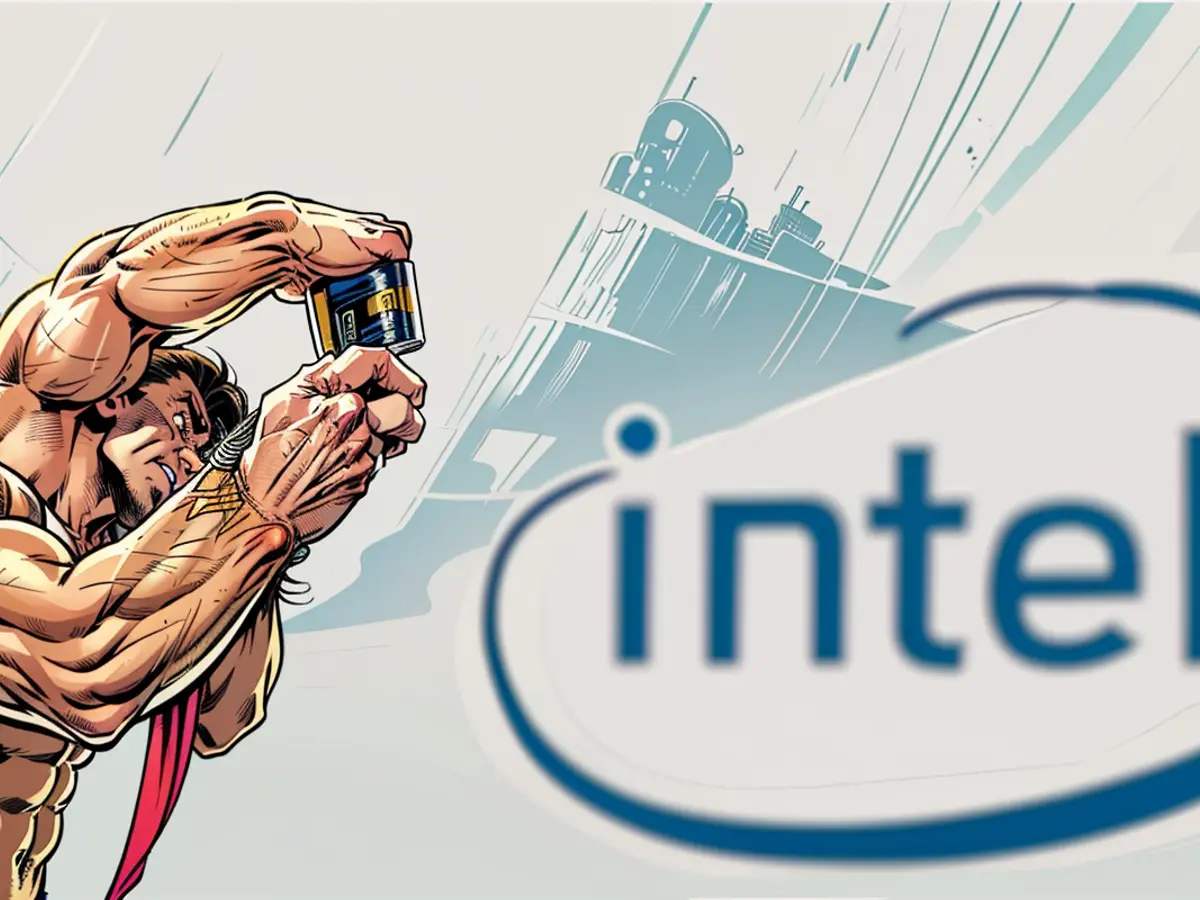Intel lays off 15% of its staff and its stock tumbles as it struggles to turn around its ailing business
“Simply put, we must align our cost structure with our new operating model and fundamentally change the way we operate,” CEO Pat Gelsinger wrote in a memo Thursday. “Our revenues have not grown as expected — and we’ve yet to fully benefit from powerful trends, like AI. Our costs are too high, our margins are too low.”
The company reported revenue of $12.8 billion in the second quarter – down 1% from the year prior – and an income loss of $1.6 billion.
Intel, once the world’s most dominant chipmaker with a stranglehold on PCs and Macs, has fallen far from its lofty peak in recent years. The mobile computing wave of the past two decades caught the company off guard, and it has since been surpassed in market value by Qualcomm and Texas Instruments, which are leaders in mobile chips.
But Intel also missed out on the AI wave. The chipmaker is struggling to keep up with powerhouse rivalNvidia, which has become one of the most valuable public companies in the world off the artificial intelligence boom. Intel’s heaviest losses were in its chip-making Foundry business, which it has heavily invested in 2024 “for the AI era.”
Intel is at an important moment in time for chipmaking amid US investments into domestic manufacturing for chipmaking and a global demand for AI chips.
“Intel’s announcement of a significant cost-cutting plan including layoffs may bolster its near-term financials, but this move alone is insufficient to redefine its position in the evolving chip market,” Emarketer analyst Jacob Bourne said.
Intel is also placing a risky bet on changing its entire business model. It wants to manufacture competitors’ processors, serving as a kind of white label factory for companies like Apple, which designs its own silicon chips but outsources the manufacturing. Taiwan’s TSMC is currently the leader in global chipmaking, so Intel is betting the world – and in particular the US government – would embrace another reliable chip manufacturer. But that plan will be enormously expensive, and the hard pivot will cost thousands of workers their jobs.
The company is holding out hopethat the AI investments will pay off. Intel wants to spend tens of billions of dollars less, cut 15,000 jobs, and reduce operating expenses to “sustain investments to build a resilient and sustainable semiconductor supply chain in the United States and around the world,” it said in its earnings statement.
Intel wants to cut the $10 billion by 2025.
Intel will also suspend its dividend starting the fourth quarter of 2024, which means it has halted payments it was planning to give shareholders. Intel shares dropped 19% in after-hours trading.
Other tech earnings falter
Amazon’s sales grew 10% last quarter and its operating profit nearly doubled, the company said Thursday.
But the company’s guidance disappointed investors, sending its stock down 5% during after-hours trading.
“Amazon will remain very profitable, but the pace at which it can add to the bottom line appears to be waning,” Neil Saunders, an analyst at GlobalData Retail, said in a note to clients.
The CEO's memo acknowledged the need to lower costs and improve margins in the company's business due to underperforming revenues and high costs. Intel is aiming to reduce its expenses by $10 billion and cut 15,000 jobs to fund its AI investments.








